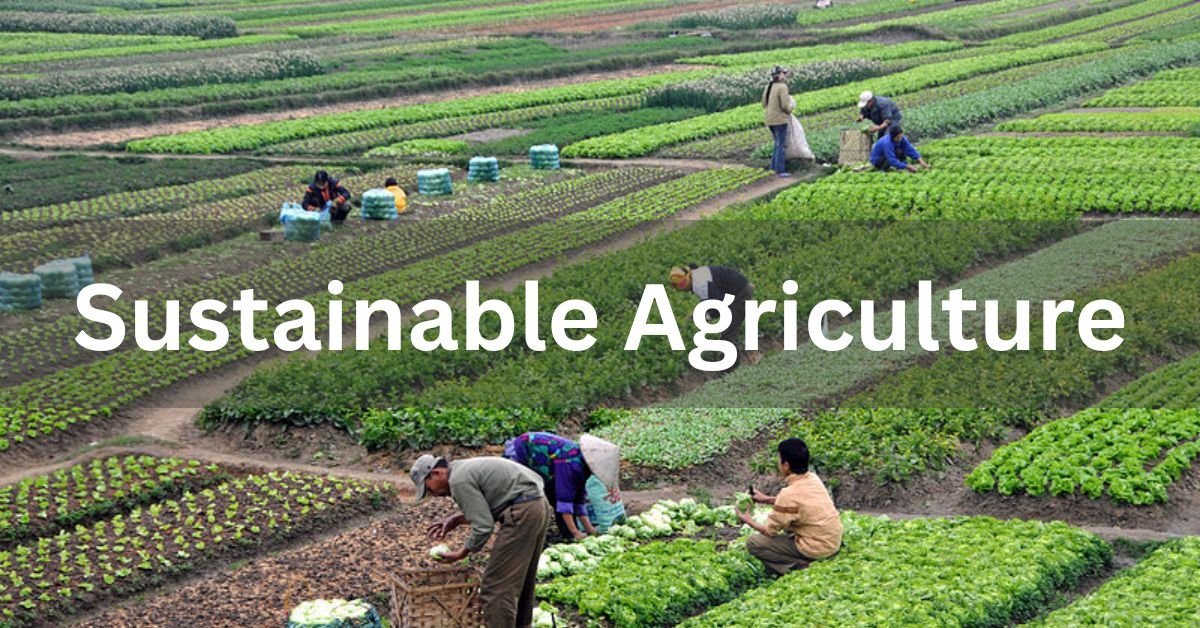Context:
The 2025 Digital News Report by the Reuters Institute for the Study of Journalism reveals a transformative shift in global news consumption patterns — with India emerging as a critical case study in the rise of alternative media, influencer-driven content, and AI-based information sources. Based on surveys of 100,000 respondents across 48 countries, the findings underscore the declining relevance of traditional news media amid the ascent of social media and generative AI.
Key Highlights from India
- Rise of Influencers and Personality-Led News
- Influencers on YouTube and other platforms are rapidly displacing legacy news broadcasters and print outlets.
- Content creators offer both pro- and anti-government narratives, catering to India’s fragmented political landscape.
- The preference to watch news rather than read it is increasingly dominant, especially in India, the Philippines, Thailand, and Kenya.
- News Avoidance on the Rise
- India ranks fourth globally in news avoidance, with 50% of English-speaking internet users saying they sometimes or always avoid the news.
- The report cautions that the sample reflects digitally connected, English-literate populations, and may not represent India’s full demographic spectrum.
- Social Media and YouTube as Primary Sources
- Among 18–34-year-olds, 41% identify social media and YouTube as their main sources of news.
- There is a growing disconnect from publishers’ official websites among younger audiences.
- Trust and Misinformation
- Global trust in news remains static at 40%.
- In India, WhatsApp is flagged as a unique concern. Despite being generally seen as a lower-risk platform globally, in India it has historically been linked to mob violence and misinformation-induced unrest.
- 11% of Indian respondents believe that friends and family contribute to the spread of fake news.
- AI and News Consumption
- 44% of Indian respondents report being comfortable with AI in news contexts.
- Nearly 20% use AI chatbots weekly to stay informed, signaling early adoption of generative tools for information gathering.
Implications for Indian Media
- Legacy media houses face an existential challenge in remaining relevant to a digital-native audience drawn to visual storytelling and interactive formats.
- Platforms such as YouTube, WhatsApp, and Instagram are now central battlegrounds for public opinion and misinformation alike.
- The evolving media landscape calls for greater regulation, content curation, and digital literacy, particularly as AI and influencer ecosystems amplify both credible journalism and unverified claims.

















